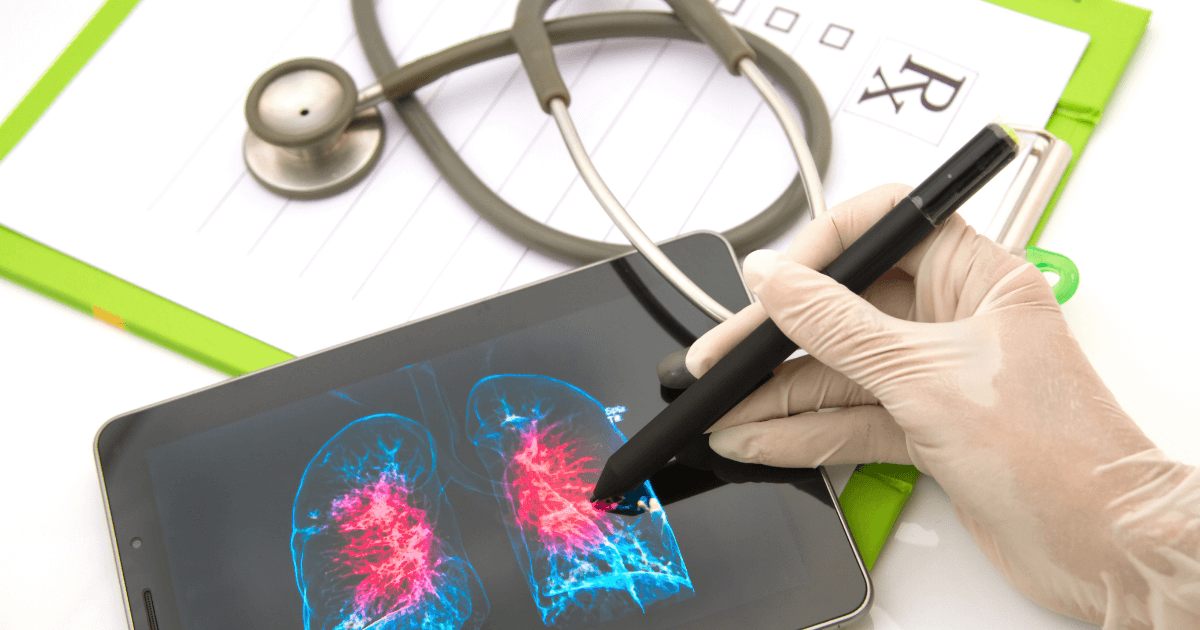One does not fail to notice that the entire medical services sector and hospitals in India are undergoing a major transformation in the delivery of services, monitoring and patient care. New hospitals are busy opening up specialty hospitals in tier 2 and tier 3 towns across India at a rapid pace. While this sector has been growing in traction for over a decade now with super-specialty hospitals springing up all over India has catapulted to still higher levels in the last 12 months due to the noticeable ongoing technology support and digital transformation for the healthcare sector. This has got due recognition due to the aftermath of the covid 19 pandemic and its tracing mechanism.

“The government of India’s top priority is to ensure, facilitate, encourage timely manufacture and delivery of covid 19 vaccines to the local population as well as undertake the exports to about 50+ countries across the globe.”
The government of India’s top priority is to ensure, facilitate, encourage timely manufacture and delivery of covid 19 vaccines to the local population as well as undertake the exports to about 50+ countries across the globe. Some of the supplies are purely commercial export whereas few donation supplies are appropriately termed as vaccination diplomacy.
While one does notice very positive efforts in developing covid 19 vaccinations, challenges have also come in hand-in-hand including manufacturing delays, raw material supplies, storage, manufacturing capacity constraints, balancing demands, staggering rollout mechanisms, transportation and logistics at the same time ensuring that proper safeguards are in place via the use of digital tools and telecommunication, data storage and standards, hospital listing, data protection frameworks, encryptions, and identification systems. For delivery of vaccinations from the manufacturing site to the patients, involves a huge supply chain management service strategy that has been the need of the hour.
As an example, the country urgently needs technical support to ramp up the vaccination activity to double from the present 3 million /day to at least 6 million/day. For this to happen, one needs strong access to digital technologies, mobile devices to expand capacity via secured cloud-based services for such a huge campaign.
Digital technologies are playing a critical role to support the production, planning, monitoring, storing delivery, and management of vaccination programs on a pan India basis by successful use of digital logistic applications via electronic communication, mobile networks, and a special app to reach the nook and corner of India. The digital vaccination recording and follow-up systems have started working well lately by using standard (Pan and Aadhar) ID systems to determine eligibility and track patients between doses.
“An Indian COVID–19 contact tracing, mapping, and self-assessment digital service is primarily a user-friendly mobile app, developed by the National Informatics Centre under the Ministry of Electronics and Information Technology (MeitY)”
Most of us have heard about the Aarogya Setu app. An Indian COVID–19 contact tracing, mapping, and self-assessment digital service is primarily a user-friendly mobile app, developed by the National Informatics Centre under the Ministry of Electronics and Information Technology (MeitY).
Statistics indicate that by September 2020, the Aarogya Setu, the country’s Covid-19 contact tracing app, has more than 15.7 crore registered users and is growing month by month. This itself depicts a success story. It is widely clarified in the media that the app’s data is fully secured to protect confidentiality and encrypted in transit and idle state. Fully encrypted personal information is stored with necessary firewalls and protocols along with an appropriate transparency. The World Health Organization has lauded the Aarogya Setu mobile application for helping health departments in a vast country like India to identify COVID-19 clusters. This clearly shows that the healthcare industry has seen a massive shift in its dependency on technology.
Today in India, the digital transformation efforts and adaptability has moved forward in leaps and bounds which initiated about a decade ago with just computers in hospitals for billing, appointments and scheduling.
“Tech-savvy hospitals in the metros not only have sophisticated medical devices, MRI machines but also fully interactive websites and online platforms.”
Tech-savvy hospitals in the metros not only have sophisticated medical devices, MRI machines but also fully interactive websites and online platforms. Technology and digitizations have enabled error-free online appointments, consulting, video consulting and conferences, and telemedicine. Apart from these the highly sophisticated medical devices that modern hospitals across the country use for detection and curing mean that hospitals have up-skilled themselves via integration of medical knowledge with Al-enabled medical devices and electronic health records. In a nutshell, this summarises the whole doctor-patient relationship and communication that has culminated a huge transformation via timely decision making in regards to planning treatments schedules, operation theatres for optimal use, data sharing and outcomes to bring in the “patient is the king” mindset.
Thus data integration is being actively used in extending medical services and for the increase in data aggregation that can assist in the activity of preventive care, proper staff allocation and monitoring the reduction of medical errors to provide a high level of care. Of course, the medical expenses have also increased with inflation. Today the focus of hospital management is to build loyal patients. Nowadays, hospitals are using technology to conclude the patients’ predictive analytics via medical records data, family history, health insurance cover via cashless treatments.
When applying predictive analytics to the data generated by each patient and combining this data with those points collected from medical health records, healthcare providers will be able to build loyalty with their patients, manage their health intelligently and provide them with the seamless healthcare experience as per their expectations. Some digital enablers also could be rapidly expanded, scaled up, or deployed to support the effort. For example, strengthening and expanding the coverage of foundational ID systems, working with governments and private sector service providers as well as expanding access to the internet with a provision of mobile devices for program delivery, or rapidly expanding capabilities of existing information systems through private, secure cloud-based service providers. The current scenario is addressing challenges and rectification via the use of technology.

“The object therefore will be for hospitals and medical practitioners to integrate digital technology in upskilling and installing Health records and information systems.”
Given increasing costs, Covid restrictions, patients in the urban area seemed to equip themselves to the use of digital technology with such devices as self-monitoring of BP, sugar, oximeters and temperature monitoring and arranging house visits for blood sample collection. Patients want to increasingly make use of digital devices for their self-care. All this is to ensure that they receive continuing healthcare facilities at their homes due to a shortage of hospital beds which means an increase in tele-monitoring services and devices.
The object therefore will be for hospitals and medical practitioners to integrate digital technology in upskilling and installing Health records and information systems. This will help in real-time monitoring and remote diagnostics or tele home care. The technology that is used includes telemedicine and diagnostics, mobile device healthcare, RPM sensors, webcams, video-conferencing, videophones, and WebPages for monitoring of patients. Wearables for recording heartbeat, pulse rate, blood pressure, blood sugar, etc. shows that digital Healthcare holds tremendous promise and opportunities.
“Composed by: Nanjundaiya Ramesh Kumar, is an international banker turned government Advisor, Professor and Global Ambassador. His forte lies in franchise promotion and exploring bilateral trade and investment avenues.”

